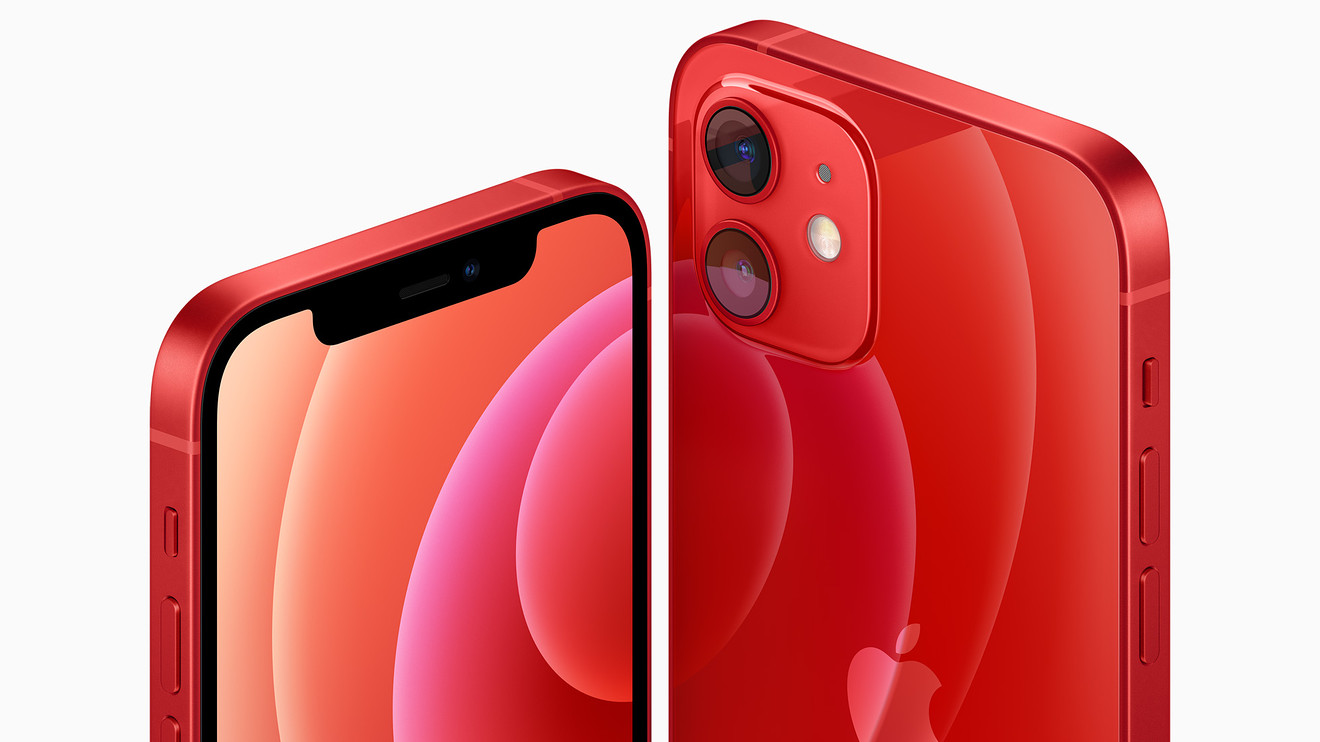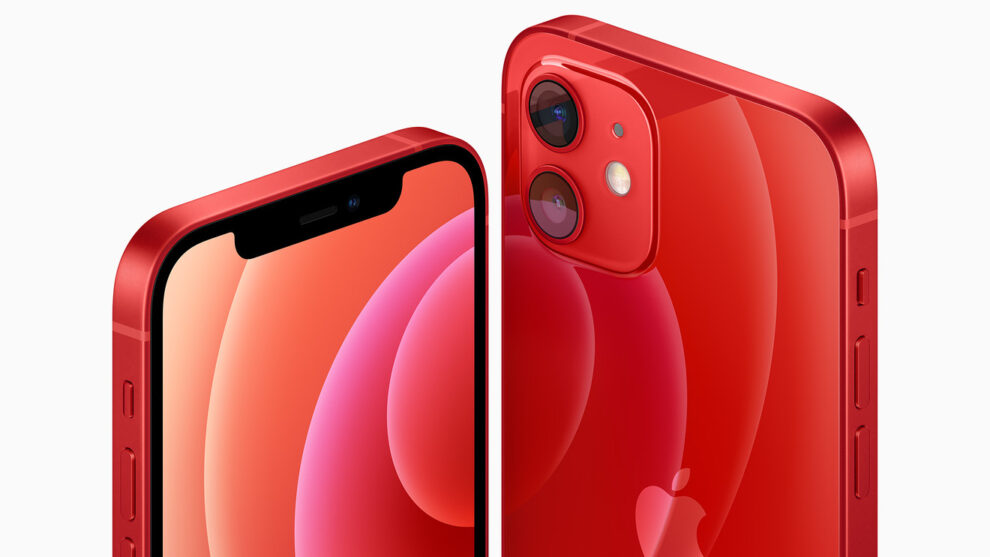
Apple has unveiled its latest iPhones and as industry watchers expected, they’re the first iPhones to have 5G network connectivity.
The cheapest iPhone 12 is the 5.4-inch iPhone mini, which will start at $699. The 6.1-inch version has a $799 starting price. Both phones have dual cameras. The company also announced two high-end “pro” models, the iPhone 12 Pro, which starts at $999 and the iPhone 12 Pro Max, which starts at $1099.
The products were unveiled at an event with a tagline of “Hi, Speed.”
Does that mean consumers should get ready to spend high on the 5G-enabled smartphones the technology giant is releasing?
Hold on, one expert says. The allure of a connection to the high-speed 5G network could be enticing, but there’s more for consumers to consider before buying the newest iPhone, or any other smartphones that can hook up with the network.
“ ‘It really boils down to your patience, your perspective and your desire to have the latest cool thing.’ ”
“It really boils down to your patience, your perspective and your desire to have the latest cool thing,” said Bob O’Donnell, president and chief analyst of TECHnalysis Research, a consulting and market research firm.
Those are good questions for consumers to ask themselves in any economy — but especially so at a moment when the coronavirus pandemic has injected so much uncertainty into so many household budgets, and may do so for a long time to come.
So what does the 5G network get you?
Faster speeds and a more responsive network, experts note. But that also depends right now on factors like where you live and which carrier you use, they add.
This is because the 5G network consists of three different bands: the low, middle and high bands, according to Dan Hays, Technology, Media, and Telecommunications Corporate Strategy Leader at PwC, the consulting and auditing firm.
“ ‘For the end user, particularly today, the experience on 5G is driven more by the mobile network operator that you subscribe to than it is by the 5G technology itself.’ ”
“For the end user, particularly today, the experience on 5G is driven more by the mobile network operator that you subscribe to than it is by the 5G technology itself,” said Hays, who didn’t comment specifically on certain companies or brands.
Verizon VZ, -0.18% , AT&T T, -0.43% and T-Mobile TMUS, -0.29% have differing amounts of reach for each of the three bands, or “flavors,” as O’Donnell describes them.
The highest band can provide service that’s 50 times faster than the current 4G network, O’Donnell said — but geographic coverage, currently, is very limited. The mid-band spectrum is between 10 and 15 times faster, while the low band is up to two times faster, O’Donnell said.
“ A year from now, ‘the exact same phone will have better service because the networks have improved in the meantime. The question is, how patient are you?’ ”
The network’s capacity is “constantly evolving,” he added. A year from now, “the exact same phone will have better service because the networks have improved in the meantime. The question is, how patient are you?”
“Since announcing that AT&T 5G is available nationwide, our teams have been working on densifying our 5G coverage, which will continue to improve the overall performance of our 5G service,” said Shannon Settle, assistant vice president, access construction & engineering at AT&T Communications.
(Verizon and T-Mobile didn’t immediately respond to a request for comment.)
Faster 5G speeds mean what exactly?
It will enable new apps and services, said Hays. He’s watching for the rise of more “cloud gaming” which allows for realistic, high-definition games with other users. Hays is also on the lookout for augmented reality apps. “Today, it’s difficult to implement augmented reality on a smartphone, because the network needs to be very responsive,” he said.
Apple on Tuesday noted better gaming experiences, saying the 5G connectivity would let users play games like “League of Legends.”
See also:Roblox, a popular videogame platform for kids, plans an IPO
And that’s just the technological developments experts can anticipate. “There are going to be things we can’t even think of,” O’Donnell said.
So is a 5G worth it now?
If analyst expectations prove true, Apple AAPL, -1.40% will be unveiling 5G-enabled phones — but these won’t be the first phones operating on the 5G network. Samsung, Google GOOG, +0.89% and LG are some of the companies already offering 5G-enabled smartphones.
The Samsung line of 5G-enabled smartphones start with a Galaxy A51 5G, which has a $399.99 starting price, a spokesman noted. The Google Pixel 4a with 5G capacity is priced at $499. The LG Velvet for T-Mobile customers has a $588 price.
Apple, Google GOOGL, +0.78% and LG didn’t respond to requests for comment.
“ Many consumers typically upgrade to a new phone after three years with their current phone. ”
“We expect that 5G will become a standard feature in most new smartphone over the next one to two years,” Hays said. But most consumers typically hold onto their phones for three years before upgrading, he noted.
And even before the pandemic shifted people’s financial priorities, many consumers didn’t appear to be ready to shell out for faster speeds, PwC research suggested.
In the firm’s own research on consumer attitudes, more than two-thirds of mobile users in 2018 and 2019 were unwilling to pay more for 5G-enabled phones, Hays said.
If a consumer is due for a new phone anyway right now, O’Donnell said there’s a stronger case for them to go with something that’s able to hook up to the 5G network.
But if someone is sitting on a relatively new phone already, he said it could make more sense to just wait a bit as the networks expand. “You can make an argument either way,” O’Donnell said.
Apple shares are up 63% year to date. The Dow Jones Industrial Average DJIA, +0.39% is up 0.45% and the S&P 500 SPX, +0.01% is up 8.86% over the same period.






